Desolation in British Columbia
Since April 1st 2017, more than 1200 wildfires have burned nearly 11 700 km2 of land across British Columbia, leaving thousands of people homeless.
2017 wildfire season became B.C.’s worst fire season in history. The previous record was set in 1958, when about 8 950 km2 were burned. This year, over 11 700 km2 have been set ablaze, which represents almost 30 times the area of Montreal.
Approximately 65 000 people have been evacuated from their homes. Some of them have lost everything in this inferno.
Not only humans are suffering, animals like bears and birds were forced to find safe ground, some of which even had to leave their cubs behind. With provincial parks being closed, experts don’t know the extend of the damage of the fauna. “We expect a lot of displaced and orphaned animals to be lost or separated from their parents. It’s really hard to predict. It depends on how many people get into those areas after the fires and what will be found.” Angelika Langen, co-founder of non-profit Northern Lights Wildlife Society said.
A combination of lighting and tinder-dry conditions has caused those flames. More than a half of the wildfires have been confirmed to be naturally generated while the other part was human caused. “Conditions continue to be challenging for wildfire crews, with hot dry weather across southern B.C. and no rain in the forecast”, informed Chief Fire Information Officer Kevin Screpnek.
Evacuations orders are being lifted, highways reopened and no smoke advisories are remaining. However, Screpnek predicts the wildfire season will continue for several weeks, if not longer. The provincial state of emergency ended in September. Although, a further 15 communities are still under evacuation orders or alerts.
B.C. wildfire service’s cost is more than $500 million nonetheless; the exact losses are yet to be totally calculated, as the wildfires are still ongoing.
(Reporting by Natalia Valero; editing by Jean-Sebastien Gagnon)

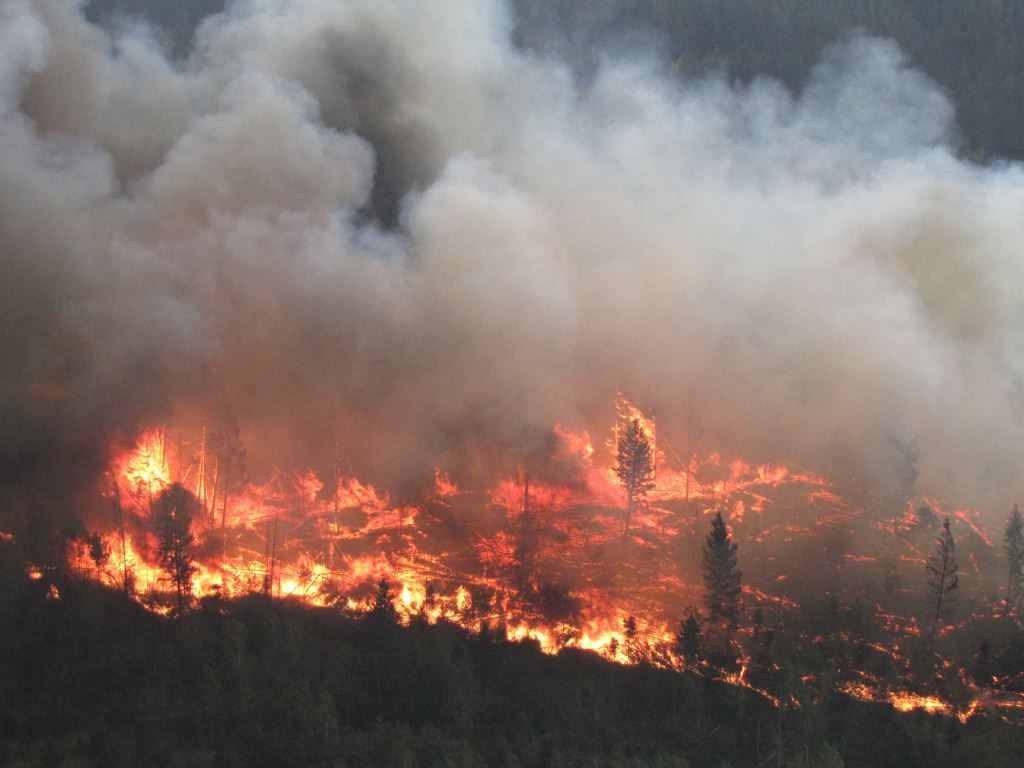
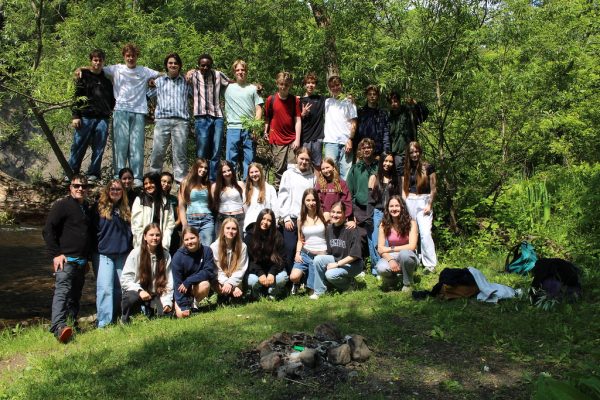

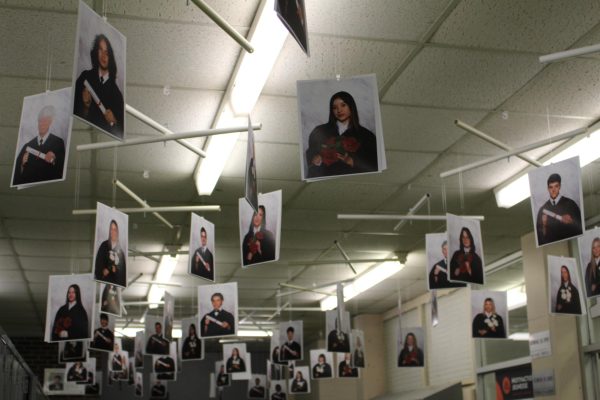
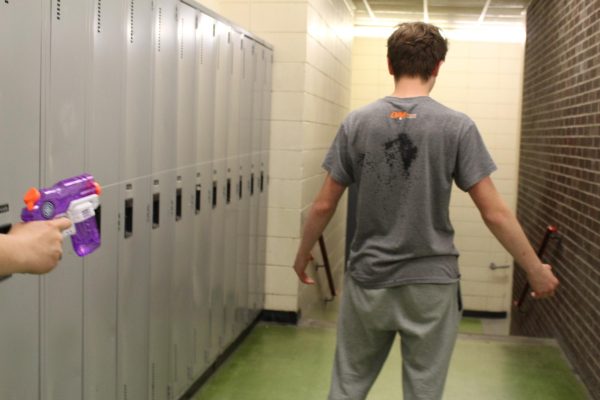
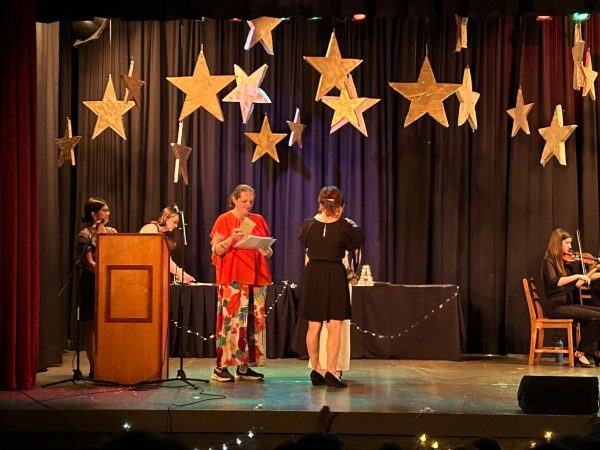
Sephora Aké • Oct 3, 2017 at 6:29 pm
Good job Nata !!
Chelsia • Oct 3, 2017 at 5:31 pm
Great job ; )